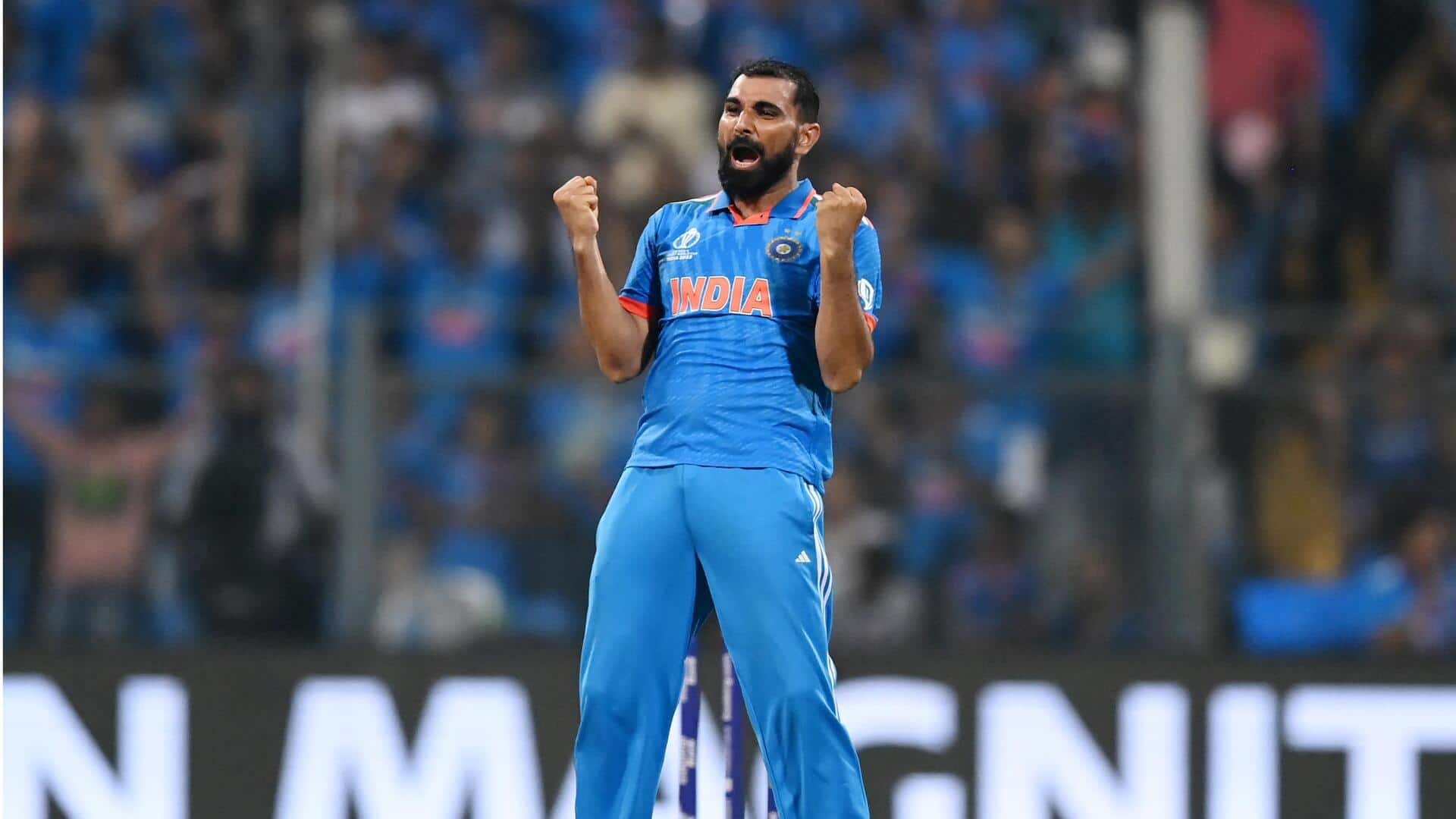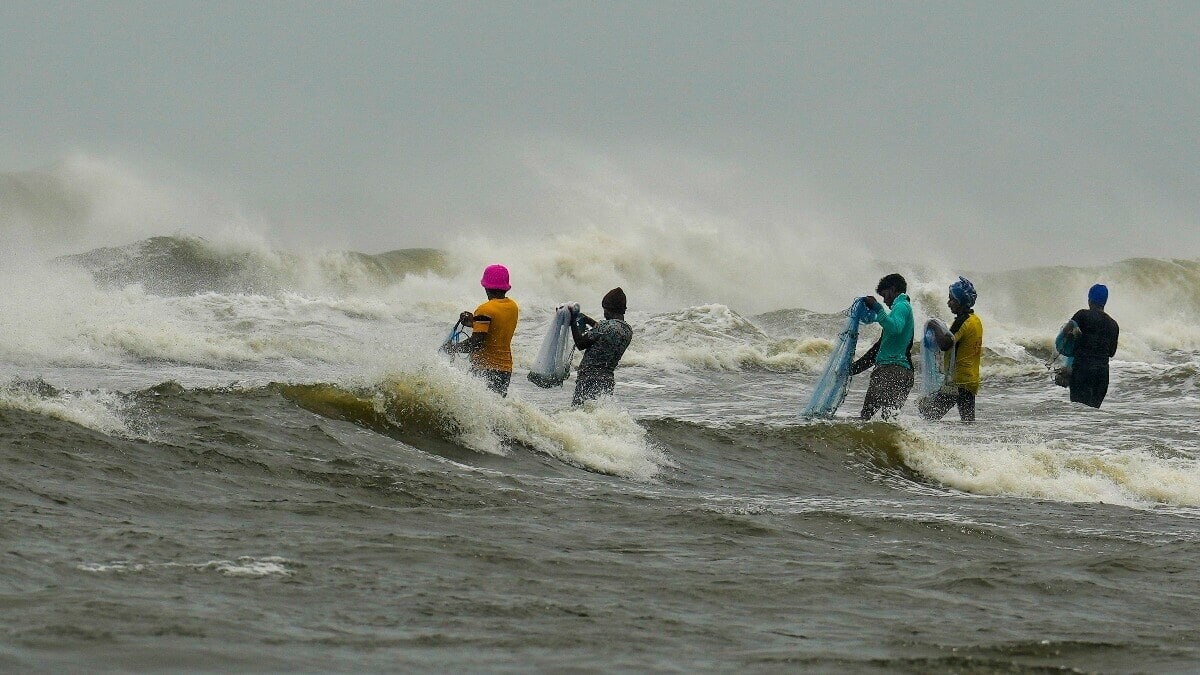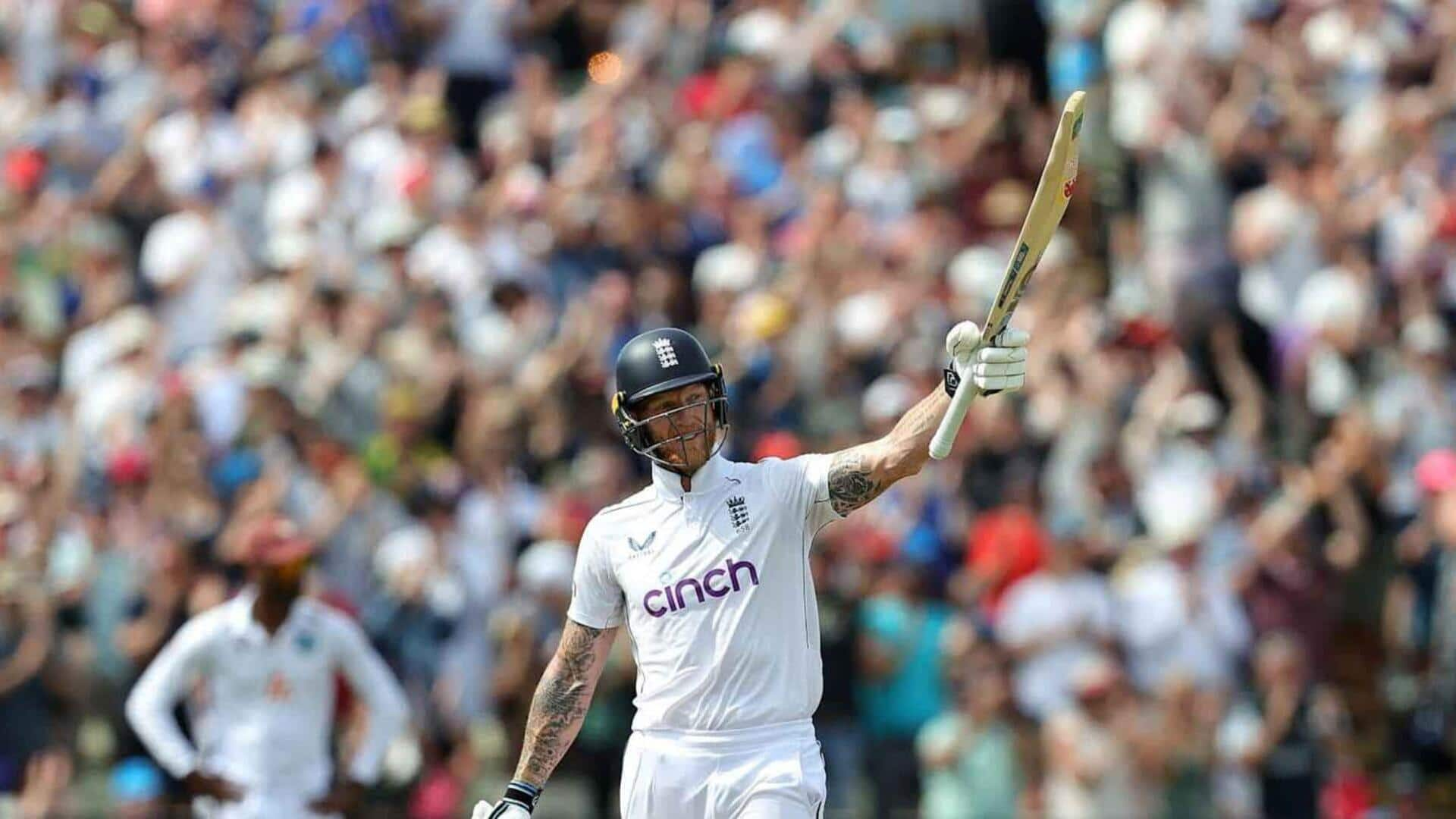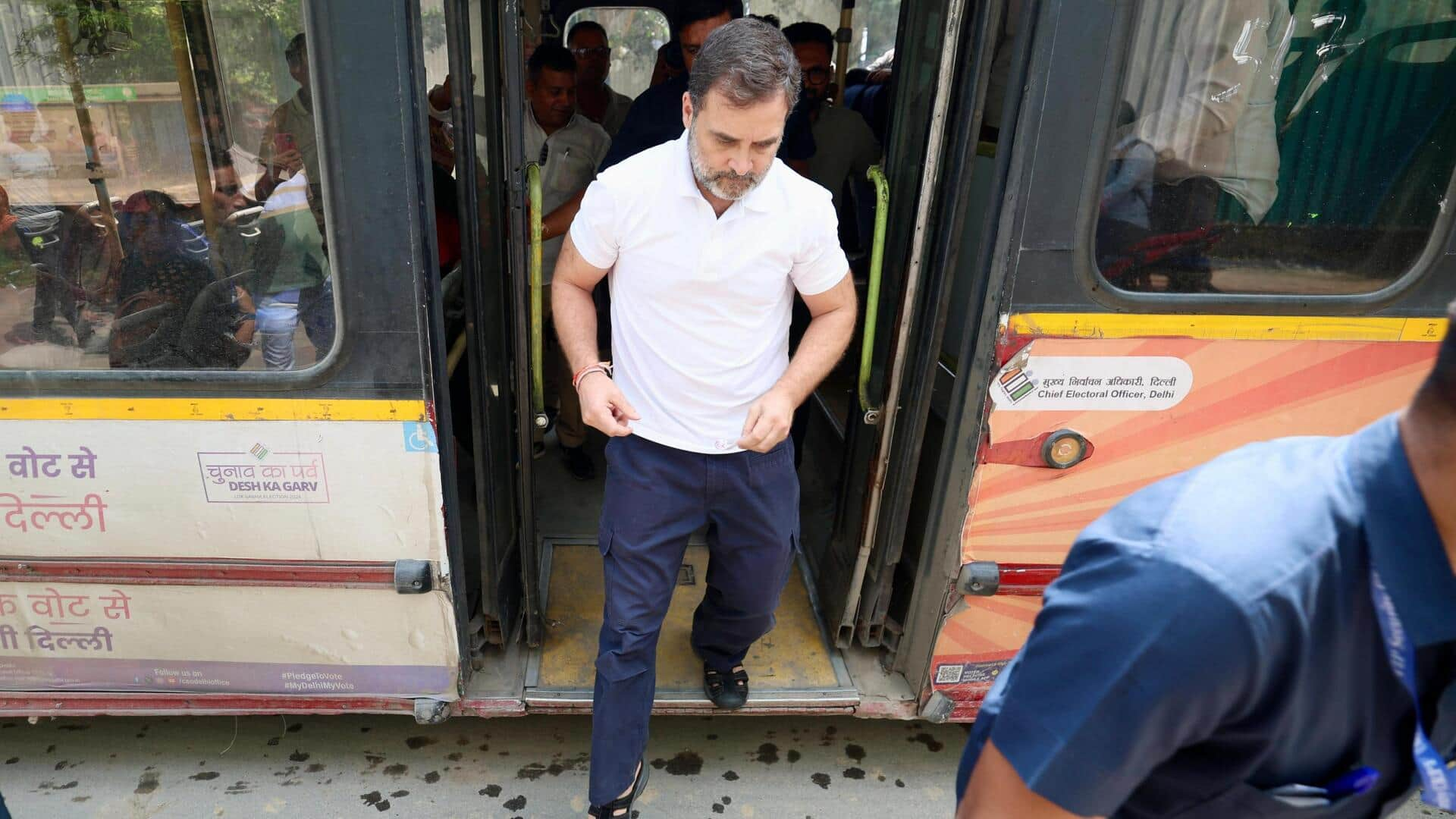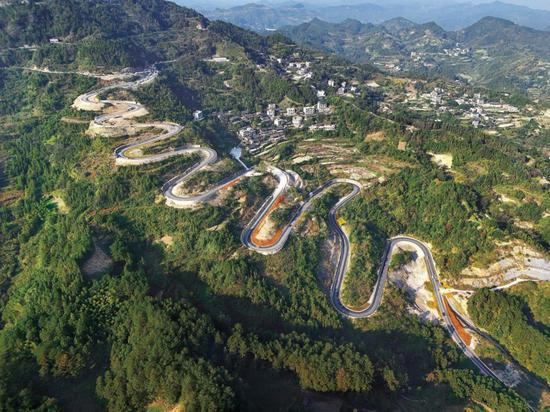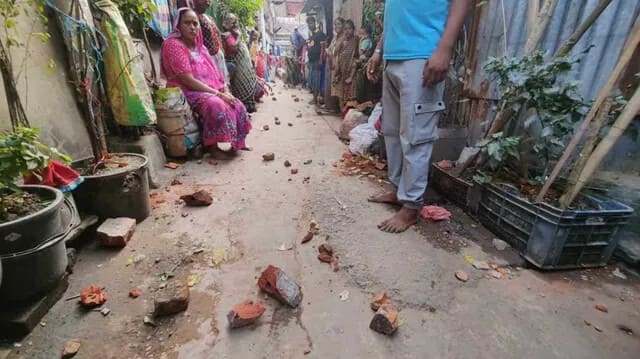
India’s capital New Delhi is swamped by smog, and air pollution kills 2 million Indians a year. But some suffer more. New Delhi, India — As the toxic smog enshrouds India’s capital New Delhi, Gola Noor pushes the wooden cart loaded with waste with her bare hands to help her coughing husband, Shahbaz, who struggles to peddle the cycle.
Under hazy skies, the couple, barely 40 years old, leave at 6am daily to pick waste in Delhi’s affluent localities. Shahbaz stops peddling to take long, gasping breaths. “Death is in the air,” he says, spitting on the road.

“The air tastes bitter and the coughing is constant now.” His wife, Noor, spent the last night in a nearby hospital due to “excessive itching” in her watery eyes. But she returned to work the next morning with Shahbaz.
“Dying of hunger sounds more horrific than dying slowly of suffocation,” she tells Shahbaz, signalling to him to continue peddling. “You are stopping like we have an option [to not get out of the home].” For nearly three weeks, India’s capital has been swamped by deadly smog — one evening, the Air Quality Index (AQI) hovered over 1,700, more than 17 times higher than the acceptable limit.
The smog contains “hazardous” levels of PM2.5, a particulate matter measuring 2.5 microns or less in diameter, that can be carried into the lungs causing deadly diseases and cardiac issues.
The region’s chief minister has called it a “medical emergency”, the schools have been shut , and the visibility on the streets has dropped to as low as 50 metres (164 feet). Yet the nightmarish story of New Delhi’s winters is by now a familiar tale, a deja vu for the city’s residents. Having worsened during the last decade, the months-long spell of intense smog during winter in a city of more than 30 million people translates into severe neurological, cardiovascular, and respiratory diseases, lung capacity loss, or even cancer.
It is also changing how people live in the world’s most polluted city, amplifying the social divides in an already deeply unequal society. ‘Vastly inequitable’ impact Noor insists that no one outside New Delhi would understand what it means “to inhale death, with every single breath”. Sitting amid a pile of rubbish and flies, Noor segregates different grades of plastic from other waste.
She does not smell the stench of rotten food but is irked by the smog around her. Two winters back, her then-15-year-old daughter, Rukhsana, was struck with a “mysterious illness” that cut her weight drastically and kept the family awake the whole night with her coughs. Noor went into a debt of 70,000 rupees ($830) before Rukhsana was diagnosed with tuberculosis at a private hospital.
“She has recovered now, thanks to God, but every winter, the disease surfaces again,” Noor tells Al Jazeera as she continues segregating waste. Returning to their makeshift shanty after dark does not help either. “This city is dying because of rich people’s vehicles.
But they will be saved because they have money; like they survived the COVID-19 lockdown,” says Shahbaz, looking at his wife. “Where should a poor person like me go?” When the pandemic hit, the Indian government imposed a lockdown abruptly, shutting down businesses that led to more than 120 million job losses. There are multiple reasons why New Delhi almost never has blue skies — ranging from emissions from cars, fumes from industries, and crop burning by farmers in nearby states, to burning of coal for energy generation at large.
Air pollution accounts for nearly 2.18 million deaths per year in India, second only to China, according to research published by the British Medical Journal, while the University of Chicago’s Air Quality Life Index notes that more than 510 million people who live in northern India – nearly 40 percent of India’s population – are “on track” to lose 7.6 years of their lives on average.
But among Indians, poorer households bear a disproportional impact from pollution caused by others, a study in 2021 co-authored by Narasimha Rao, an associate professor at the Yale School of the Environment, found. “It’s not so much about their public health impact but about the equity issue,” Rao tells Al Jazeera in an interview. “An analysis of how much people are contributing to the pollution, compared to how much they are bearing of the exposure, shows a vastly inequitable situation.
” “There’s a socialising of rich people’s pollution that’s happening in Delhi,” adds Rao. “The ability of the richer people to cope with the pollution they cause is much better; they can always roll up the windows [of their cars]. But a poor person’s vulnerability to the same exposure is different.
” Every winter, the local and national governments roll out measures — like sprinkling water, capping vehicle entry into cities — that are “bandaging the situation” rather than addressing the root causes behind the worsening pollution, said Rao. ‘Absolute phobia’ Nearly a 40-minute drive from Noor’s shanty, Bhavreen Khandari lives in Defence Colony, a posh locality in the capital, with her two children. Khandari, an environmentalist and co-founder of Warrior Moms, a pan-India collective advocating for cleaner air for the next generation, laments the memories of what winters used to mean.
“Diwali,” she shouts in excitement. “Winters meant the beginning of festivities. A time of wanting to go out and have fun with family.
” But rather gloomy skies “now mean phobia, absolute phobia”. During regular interactions within the collective, Khandari says she learned horrifying details from fellow mothers — like children waiting for the “pollution season vacation”. “At five or six years, our children now know the name of antibiotics because they are eating them every day,” she says.
“A child who knows what a nebuliser is because the air is poisonous in our capital.” “Getting up early morning and walking was good; now, it is deadly. Going out to play was good; now, that is killing our children,” she says.
On November 14, when India marks “Children’s Day”, Khandari and her colleagues at the collective spent the afternoon protesting outside the office of JP Nadda, India’s health minister, with a tray of cupcakes in their hands, reading “healthy air for all”. “It was a really heartbreaking day,” Khandari tells Al Jazeera, recalling the protest. “There was no response and the police blocked us.
” “Everything is wrong about the government’s policy, from planning to enforcement,” she adds, angrily. “There is no political will, no intent. Only a structural overhaul can safeguard us.
” A hazy dream In the mid-1970s, Sheikh Ali’s parents moved to New Delhi looking for a better life for their children. Five decades later, not much has changed; both of them passed away and Ali has been pulling a rickshaw in West Delhi’s Dilshad Garden neighbourhood for 22 years. The 67-year-old sleeps with 11 other family members in two rooms, which are turned into a grocery store during the daytime, right next to open drains.
Ali remembers next to nothing about his village, somewhere in southern Uttar Pradesh, but vividly describes vast farming land, where he ran endlessly with his friends. Whenever the skies are hazier and he can taste the ash, Ali says he tells his married children about his childhood. “The pollution has gotten really worse in Delhi and the chest has a burning sensation all the time,” says Ali, waiting to ferry a passenger.
“There is no relief inside the home either – it is just a constant smell anywhere I go.” For the last two weeks, Ali’s 11-month-old grandson has been suffering from coughing, sneezing, and watery eyes. “Medicines make him feel good for two days but then it starts again,” he says, adding that with the rising pollution, the cost of living is also getting higher.
Ali says that whenever he looks at his grandson, he wants to leave New Delhi and go back to his village — though he can no longer comprehend what that life would look like. Perhaps, he says, if he can save enough money, he could consider moving back to the village by the next winter. “Working in this hell and trying to save money in Delhi is as toxic as breathing here,” he lamented.
.


